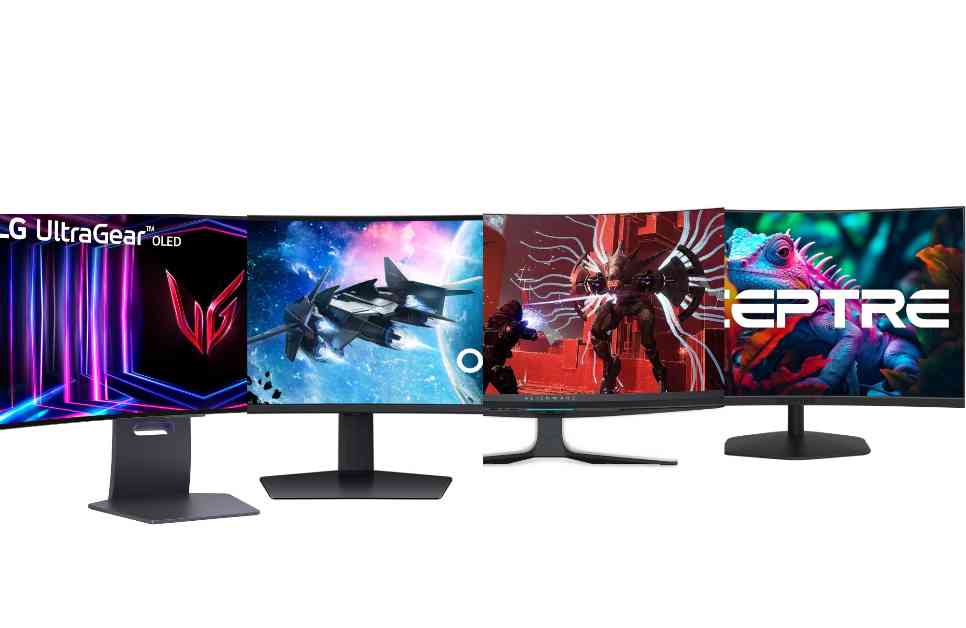Curved monitors have become increasingly popular among gamers and professionals alike, offering an immersive viewing experience that can enhance productivity and gaming sessions. When choosing a curved monitor, there are several factors to consider, including the curve arc, resolution, screen size, refresh rate, and panel type.
The curve arc of a curved display varies from model to model, with deeper curves offering a more immersive experience. Curvatures can range from a gentle 3000R bend to a noticeable 1000R curve, with the latter being the most immersive but also the hardest to adapt to.
Resolution is another crucial factor to consider when choosing a curved monitor. Higher resolutions result in sharper, more detailed images, with options ranging from 1080p to 4K. Higher resolutions require more powerful hardware to run effectively, so it’s essential to consider your system’s performance capabilities.
Screen size is also important when selecting a curved monitor, with larger displays offering a more immersive experience. Ultrawide monitors extend the horizontal viewing area without increasing the height, providing a more expansive field of view. Pairing a curved display with an ultrawide format can be a unique pleasure but comes at a higher cost.
Refresh rate, measured in hertz (Hz), is crucial for gaming, with higher refresh rates providing smoother, more responsive gameplay. For gaming monitors, a refresh rate of 144Hz or higher is recommended, while productivity monitors typically feature a 60Hz-75Hz refresh rate.
Finally, panel type can impact a monitor’s color accuracy, contrast, and responsiveness. IPS panels offer the best colors and widest viewing angles, making them ideal for creative professionals, while TN panels prioritize speed over color accuracy. VA panels strike a balance between the two, offering deep colors and high speed.
When selecting a curved monitor, it’s essential to consider the intended use case, whether it’s for gaming, work, or a combination of both. By evaluating the curve arc, resolution, screen size, refresh rate, and panel type, you can choose a curved monitor that best suits your needs and preferences.

